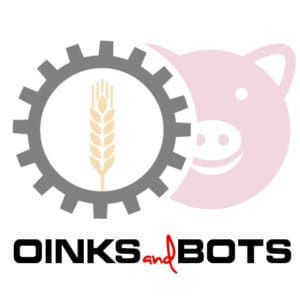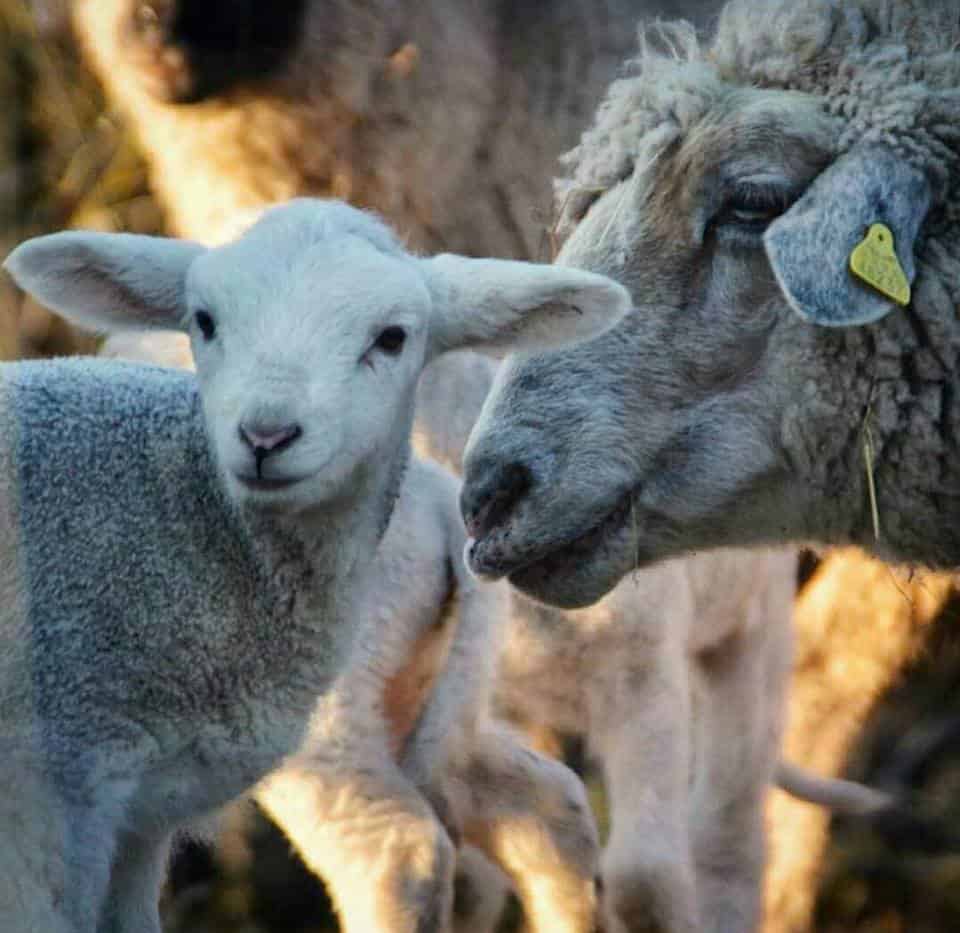Today we are going to look at how best to breed sheep. We are going to assume that you are a complete beginner (so do bear with me if you have already a bit of experience with this!). To start off, you need to make some preparations. You need to understand what has to be done to make sure that you are as successful as you can be.
Reasons for breeding sheep
- Replenish herd
- Increase wool production
- Produce lambs for consumption
Replenishing the herd
This is important for the health of your sheep herd. As your sheep herd gets older, there will be natural attrition. Therefore, you will need to replace your herd about every three years to make sure that your herd stays productive and healthy.
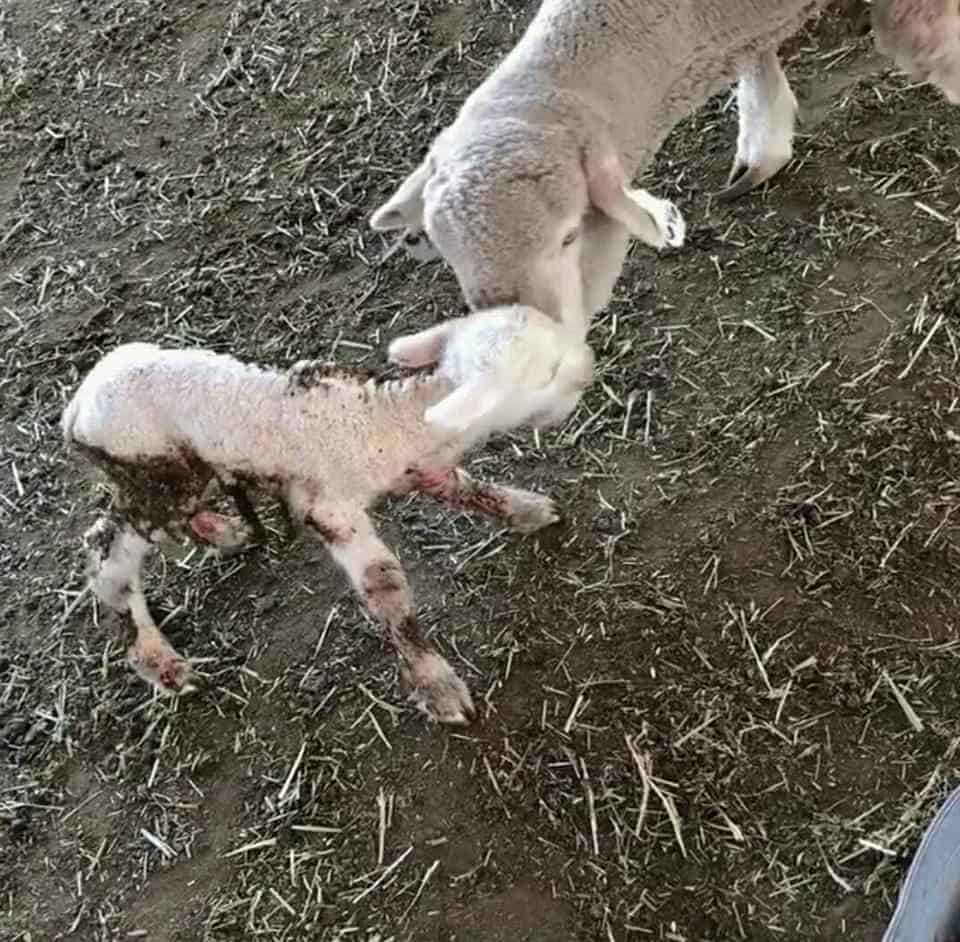
Increasing wool production
As one of the major reasons for breeding sheep is to increase your wool production. This can happen by either increasing the size of your herd or by breeding specific genes into your herd to increase wool production.
Produce lambs for consumption
Many herds produce two lambs a year in separate lambing season, so you could have one sent for slaughter and the other can be used to replenish your stocks.
Now that we have looked at why you would breed sheep, let’s look at how to actually make this happen.
We will look at the following topics:
- Timing
- Diet
- Ratios
- Tagging
Timing
This is arguably the most important part of the process, if you mess this up, you can have a multitude of problems. Your lambs can be born too early and the winter could kill them. Your lambs could be born too late and you miss your chance to sell them or for their mothers to feed them nutrient rich milk they get from eating the fresh green grasses.
As ewes are pregnant for roughly 5 months, you can work backwards. Many farmers in the UK would be looking to have lambs ready for Easter and this usually varies from year to year but aiming to have them ready for mid-March would be a sound strategy. This would mean you would want to have your ewes impregnated by mid-October.
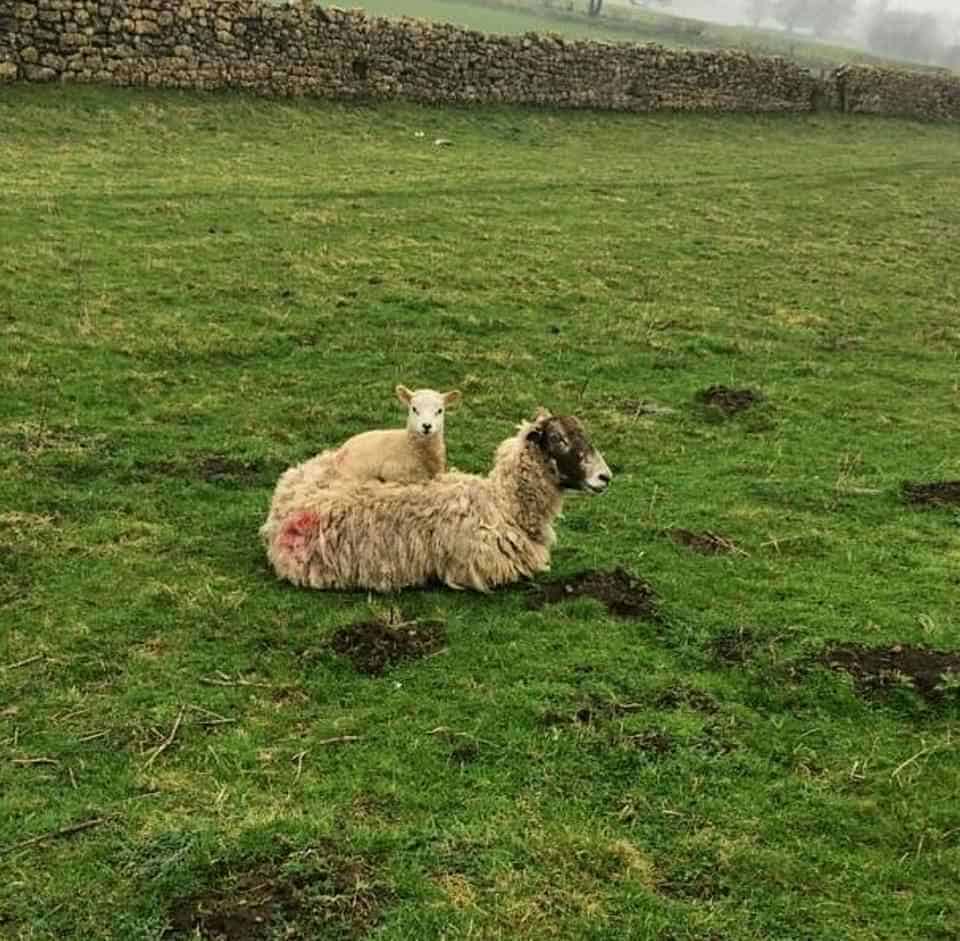
Diet
There are two veins of though for this part of the breeding cycle. It would stand to reason that the better you feed your ewes the healthier they are and the bigger the lambs they would produce. This would also translate over to their wool production. However, sheep are notorious for not being able to birth lambs naturally if they are too big. Couple this with many ewes birthing twins, or sometimes even triplets. These are the real money makers.
So, there is a trade off to think about when it comes to how much time you want to invest in your flock. If you feed your ewes well and they produce larger lambs, you will need to be on hand to help with any ewes having difficulty. If you are not careful, you could lose the mother and her lambs. This will be at least two sheep but can be as many as 4. This is a big-time commitment, you will need to be around 24 hours a day for 2-3 weeks. Not exactly something you can do on your own.
If you underfeed your ewes, you will likely not have any problem with them delivering their lambs however there are problems to having underweight lambs. They will be less likely to survive when they are born and if they are born on a chilly night, that can be lethal. This will also affect your wool quality later on. So think about carefully about what is more important to you.
Ratios
As a species, sheep are a hareem species. This means a ram breeds with several ewes. In the wild rams would compete with each other for mating rights. This means you will need to keep rams separate when there are ewes in heat as they will fight each other. You will also need to keep your older rams away from your younger rams, they will naturally try to assert their dominance. By having them all together, you will run the risk of having your rams injuring each other and you may not be able to use them all to breed your ewes.
You will ideally have some smaller paddocks you can put groups of ewes with a single rams. As far as ratios are, it is recommended to have 1 male for every 20 females. You can mess around with these ratios to see what works better for your herd. You may want to put your younger ewes with your more experienced rams. Mixing your older ewes with your less experienced rams can also be a sound strategy. This can help increase your breeding chances.
Tagging
All of your sheep should have unique tags and you can use this to make your life easier. You can use this to keep tabs on who has been mated and who hasn’t. For example, if you have sheep number 1-20 in one paddock and you see sheep 3, 7, 16 and 8 get mounted by the ram, you can mark them with some spray paint. When you are bringing in sheep in the following day, you will have a record of which sheep has been mounted and you won’t put them into the paddock.
This can also help you keep tab of which ewes are receptive to breeding. If you have a ewe that doesn’t breed a few years in a row, then it may be time to sell her on. The same can be said for the rams if they have a low return on investment.
If wool is not important for your flock, you can have a chest harness fitted. On this harness is a crayon that marks the ewe when she is mounted. Dye can also be applied to the lower chest of the ram, this dye rubs off of the ewe and you will know that the ewe has been mounted. You should know however that this will damage the wool of both the ram and the ewe and often will fetch lower prices as a result of in some cases not sold at all.
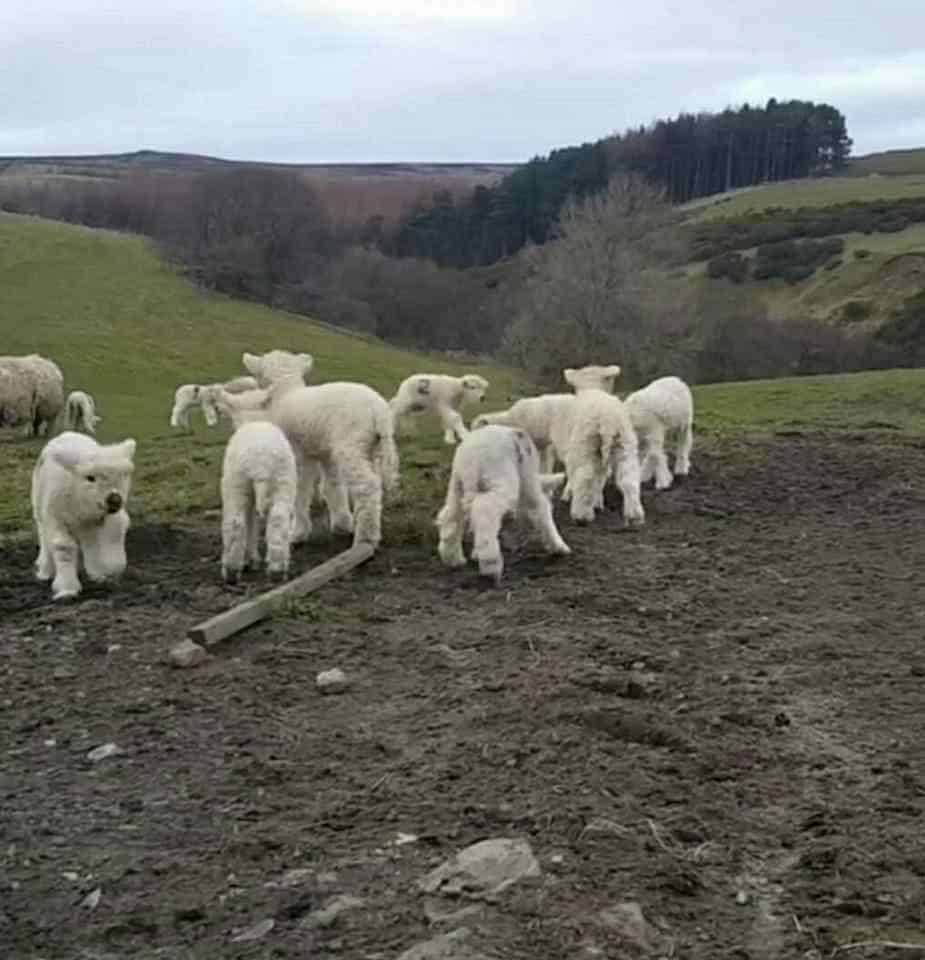
Artificial Insemination
If you wanted to take a more direct route or if you wanted to experiment with cross breeding with sheep, artificial insemination is becoming more common. It is most common in Australia and New Zealand but is becoming more prevalent on the global stage.
There are two challenges to using artificial insemination for your ewes. The first is that unlike cattle or goats, sheep have curved cervixes. This means it’s actually quite difficult to reach inside to make sure that the sheep is impregnated. It was also quite difficult to control the ewe’s oestrus cycle and has only recently been solved.
In the 1980’s a method was developed in Australia for getting around the curved cervix of a sheep. This was through the use of the laparoscopic procedure. All this did was make a small cut in the abdomen of the sheep so that you could reach the cervix from outside. By using this with progesterone and other pregnant hormones produced by ewes, and this increased chances of impregnation to 50%-80%.
For controlling the oestrus cycle, you can now do this quite easily. You can use products that have progesterone in them. These are hormones used naturally by ewes that can be used to jumpstart their breeding cycle. This can be particularly useful if you have different breeds of sheep in your flock and you want to line them all up. You also don’t have to use this type of product for only artificial insemination. As previously mentioned, it can be used in your flock to make them all fertile more quickly. This can make it easier to manage how long your breeding season is and can be useful if your flock has had a history of having many ewes misaligning.
